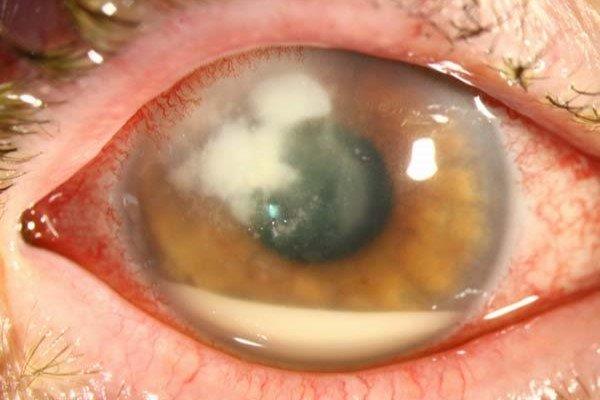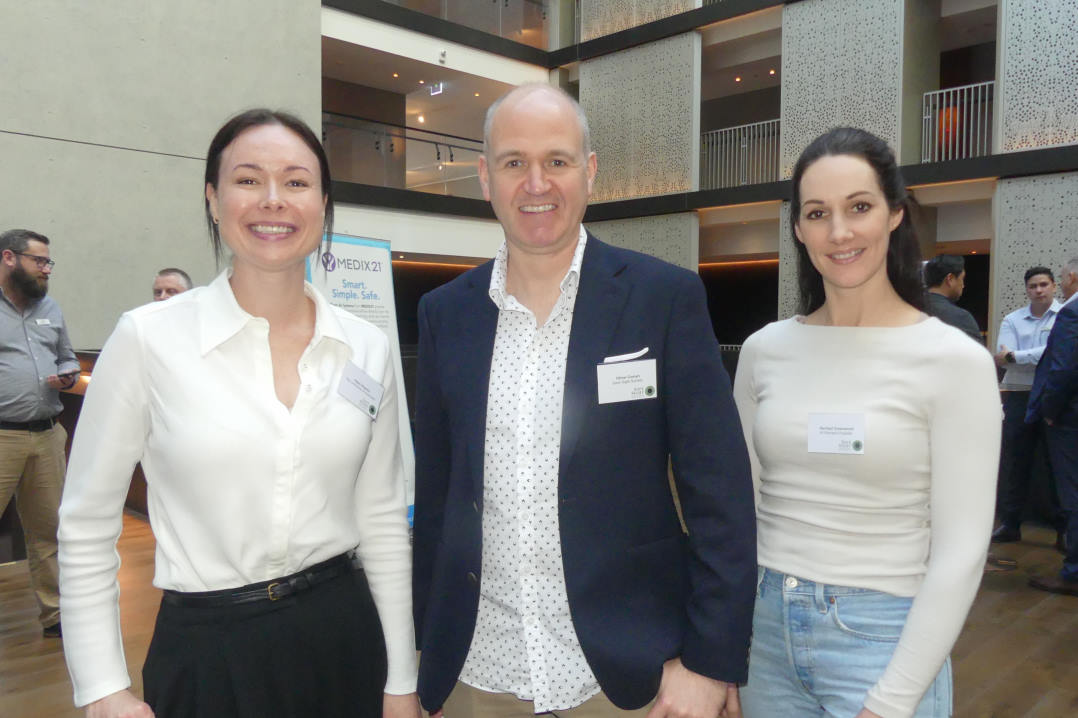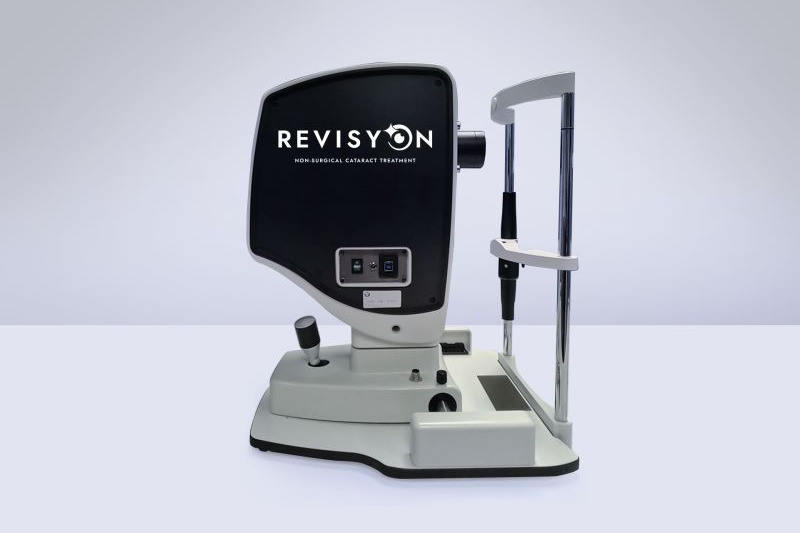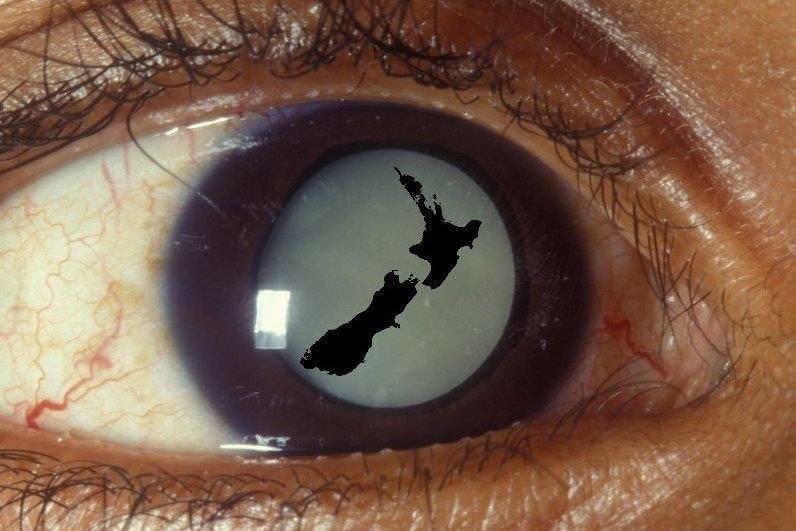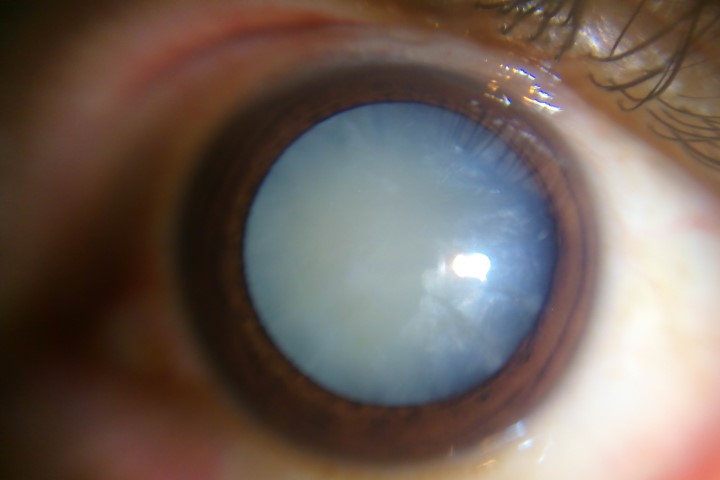Keratoconus, Fusarium keratitis and bilateral cataract surgery
Factors associated with receipt of crosslinking for keratoconus
Son H, Nugent L, Wang J, Varadaraj V, Smith K, Bower K, Mgboji G, Soiberman U, Srikumaran D
Cornea 2024;43:214–220
Review: This retrospective, cross-sectional study reviewed 583 health records of treatment-naive patients with keratoconus (KCN) at the Wilmer Eye Institute between January 2017 and September 2020. Its aim was to identify factors associated with receipt of standard fluence epithelium-off crosslinking (CXL) for KCN. Black patients presented with significantly worse vision, higher keratometric indices (K1, K2, and Kmax) and thinner corneal pachymetry at baseline compared to White or Asian patients. Ninety-seven (16.6%) patients underwent CXL for KCN; Black patients were found to have 63% lower odds of receiving CXL (OR: 0.37, 95% CI, 0.18-0.79) compared to White patients. Older age was protective against receipt of CXL (OR: 0.89 per one-year increase, 95% CI, 0.86-0.93).
Comment: The study showed under-representation of Black patients in receiving CXL, presumably due to more advanced disease at presentation. It highlights the importance of active population screening for earlier diagnosis and treatment in this group of patients to improve health equity in KCN management.
Polyhexanide-based contact lens storage fluids frequently exhibit insufficient antifungal activity against Fusarium species
B Schrenker B, Zimmermann A, Koch T, Walther G, Martin R, Kampik D, Kurzai O, Theuersbacher J
Int J Med Microbiol 2024 Jan 23:314:151602.
Review: Researchers analysed contact lens (CL) storage fluids’ disinfection efficacy against Fusarium species. Eleven commercially available storage fluids were classified according to their active ingredients of myristamidopropyl dimethylamine (Aldox), polyhexanide or hydrogen peroxide (H2O2). Their efficacy was tested against the most common agents of fungal keratitis: Fusarium solani and Fusarium oxysporum species complexes. All Aldox and H2O2-based fluids were shown to be effective, while the majority of polyhexanide-based fluids showed only limited or no antifungal effects. The addition of pH-regulating agent tromethamine (a component in one commercially available product) did not improve the efficacy of polyhexanide against these species.
Comment: Fusarium keratitis is a severe fungal infection of the cornea, usually associated with poor prognosis, despite treatment. CL wear poses a major risk factor for this type of infection, with causes of infection including inadequate hygiene precautions and mould-growth-permissive storage fluids. This study showed that Aldox and H2O2-based solutions are effective against Fusarium species complexes, while polyhexanide-based fluids generally lack antifungal effects. These findings suggest selecting appropriate storage fluids could help reduce the risk of Fusarium keratitis among CL users.
Immediately sequential bilateral cataract surgery
Nowrouzi A, Alió J
Curr Opin Ophthalmol 2024 Jan 1;35(1):17-22.
Review: This review examined the pros and cons of immediately sequential bilateral cataract surgery (ISBCS). Sixty-six articles related to this topic were found through PubMed and the Cochrane Central database between 2000 and June 2023. Delayed sequential bilateral cataract surgery (DSBCS) is defined as patients who undergo cataract surgery in both eyes on separate days, with a delay of 1-2 weeks, up to 1-3 months. ISBCS patients underwent cataract surgery in both eyes on the same day during a single operating session. The rarity of simultaneous bilateral complications is acknowledged, attributed to intracameral antibiotics and adherence to protocols. ISBCS is noted for reducing hospital visits, lowering costs and offering rapid visual recovery. The authors agreed that refractive surprises remain controversial in ISBCS, particularly with presbyopia-correction intraocular lenses.
Comment: It is still common practice for surgeons in New Zealand to perform DSBCS. This article discusses ISBCS as a viable approach for patients with bilateral cataracts. The review highlights advantages such as reduced costs, faster visual rehabilitation and comparable complication rates. It emphasises the importance of strict adherence to protocols and careful patient selection to ensure the safety and efficacy of ISBCS. Although refractive surprises are less common with newer generation intraocular lens calculation formulas for monofocal lenses, caution is required for ISBCS in patients who opt for premium lenses.

Dr Yi Wei Goh is a consultant ophthalmologist specialising in cataract, cornea and oculoplastics. She works at Manukau Super Clinic, Waitākere hospital and Eye Surgery Associates. She is the New Zealand Network Selection chair and a member of the RANZCO Selection Board.









